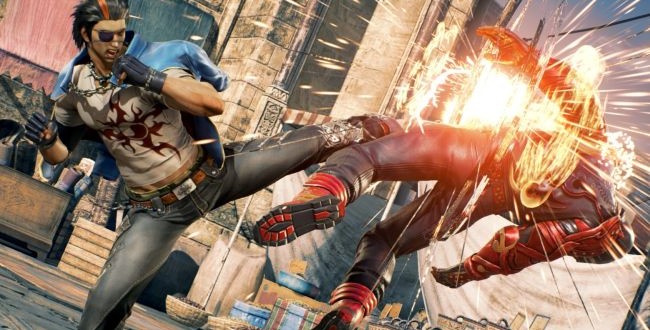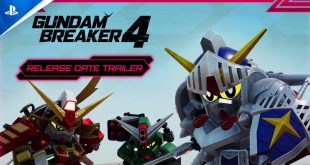The groundbreaking albeit slightly sexist, over-exaggerated, and sinister fighting video game possibly in all of time, Tekken 7, is back on screens in early 2017 on the Playstation 4, Xbox One, and PC. The Tekken series has a long history with the first game’s release date dating back to 1994. Bandai Namco Studios initially released it as an arcade game in 1994; they then made the game available on the Playstation in 1995. Bandai Namco Studios included several key elements in Tekken that differentiated it from the pioneering fighting video game, Street Fighter. Unlike Capcom’s Street Fighter, Tekken featured eight playable characters, several fighting stages as well as stage themes, and sub-bosses. The Playstation port included additional aspects not present in the arcade game enhancing players’ enjoyment of the game further. These add-on’s included revamped versions of the character’s themes, as well as a change of costume for the character, Kazuya. Moreover, Bandai made the sub-bosses into unlockable characters in addition to the eight characters, making eighteen playable characters in total.
The plot revolves mainly around the King of Iron Fist Tournament organised by the brutal and influential owner of the Mishima Zaibatsu conglomerate, Heihachi Mishima. The prize for the winner of the tournament is 1 billion dollars. One of the fighters, unbeknownst to Heihachi Mishima, is Kazuya – Heihachi Mishima’s estranged son – who enters the competition with the sole purpose of exacting revenge on his callous father. The two’s dysfunctional relationship is the core aspect of the story; for players with a great interest in the game’s story, especially the back story of main characters, this particular factor will invite players to immerse themselves in the plot and its protagonists. Heihachi and Kazuya’s bad relationship is due to an incident that occurred 21 years prior the King of Iron Fist Tournament, when Kazuya was only 5-year’s old. The incident involved Heihachi carrying his 5-year old son to the top of a mountain, then tossing him off a cliff in order to determine whether he was suitable enough to carry on the Mishima legacy. Kazuya survived the fall but not without injury. The scar on his chest activated a gene inherited from his mother. Although this gene gave him inexplicable power and strength, it was his desire for revenge that enabled him to climb back up the mountain.
Instead of allowing this traumatic incident to ruin him, Kazuya utilises it to get stronger, in the literal sense. He nurses his grudge and opts to choose the eye-for-an-eye approach towards his father. In the end he defeats his father and does the exact same thing his father did to him when he was 5-year’s old. Despite the fact that he succeeds in overpowering his father, he does not succeed in overcoming his past. A never-ending cycle of hatred and vengeance begins, spanning across time. The tragic hero seeking salvation, Jin Kazama, the by-product of Heihachi’s and Kazuya’s influence, the next heir to the Zaibatsu Corporation and carrier of the gene, takes center stage in third game. Jin remains as the protagonist throughout the third, fourth, fifth, sixth, and seventh game. Tekken 7 has the same premise as the previous titles in the series, in that it focuses on 1-on-1 battles. However, Bandai also introduces two new features to the game: the first is Rage Art and the second is Power Crush. Rage Art enables the player to perform critical attacks in exchange for deactivating the normal attack power enhancement. While Power Crush enables the player to continue their barrage of attacks even while under attack from their enemy.
Overall the return of Tekken is guarantee to stir up a storm among gamer’s and especially among avid followers of the game series; now it is only a matter of how well the game is received by gamer’s and whether this new title exceeds fans expectations or not. So far the game’s reception has been positive; let us hope that it continues.
 Load the Game Video Games, Reviews, Game News, Game Reviews & Game Video Trailers
Load the Game Video Games, Reviews, Game News, Game Reviews & Game Video Trailers



